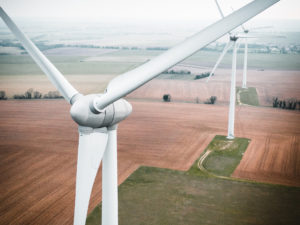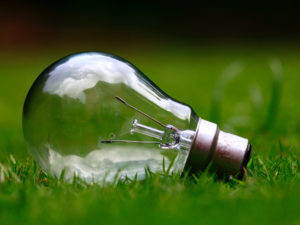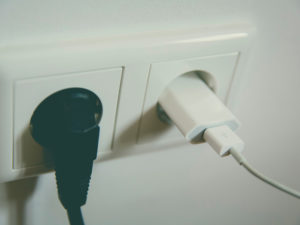Invest in Efficiency
Menu
When considering taking steps to become more energy efficient, think in terms of investment. You are spending this amount of money and effort in order to reduce cost and energy consumption in the long run. Energy efficiency investments can also increase the long term value of buildings and homes.
ENERGY EFFICIENT INVESTMENTS FOR INDIVIDUALS/HOUSEHOLDS:
- Conduct a Free Home Energy Audit to identify how your home uses energy and determines the best ways to cut energy use and costs. You’ll save energy and money, and your home will be more comfortable and durable.
- Upgrading heating and cooling equipment such as a Cold-Climate Air-Source Heat Pump or a Tankless Water Heater are great investments because of the long term energy savings that outweigh the upfront costs.
- Adding Renewables and Solar reduces the amount of carbon and other pollutants that are emitted into the environment by reducing the amount of fossil fuels used to produce the energy we use.
ENERGY EFFICIENT INVESTMENTS FOR BUSINESSES:
- Conduct a Commercial Energy Audit to identify how your business uses energy and determines the best ways to cut energy use and costs.
- Purchase energy-efficient products like ENERGY STAR-certified heating and cooling systems, water heaters, data center equipment, office equipment, electronics, and commercial cooking equipment. For example, certified refrigerators and freezers can save over 45 percent of the energy used by conventional models, which equals as much as $140 annually for refrigerators and $100 for freezers.
- Upgrade and maintain heating and cooling equipment. Replace chlorofluorocarbon chillers, retrofit or install energy-efficient models to meet a building’s reduced cooling loads, and upgrade boilers and other central plant systems to energy-efficient standards.
- Replace old fluorescent and incandescent lighting with T-8 (or even T-5) fixtures, ENERGY STAR-certified LEDs, and other energy-efficient lighting systems that improve light quality and reduce heat gain. LEDs use up to 90% less energy than incandescent lighting and last 35 to 50 times longer.
- Install occupancy sensors to automatically turn off lights when no one is present and back on when people return. Storage rooms, back-of-house spaces, meeting rooms, and other low-traffic areas are often good places to start. Occupancy sensors can save between 15 and 30 percent on lighting costs.
- Examine the opportunity to switch from high-pressure sodium lamps to metal halide lamps in parking lots and consider upgrading to LED lighting for outdoor signage
Did you take this action? Report it!
Help us show our collective community impact by reporting that you took this action.




